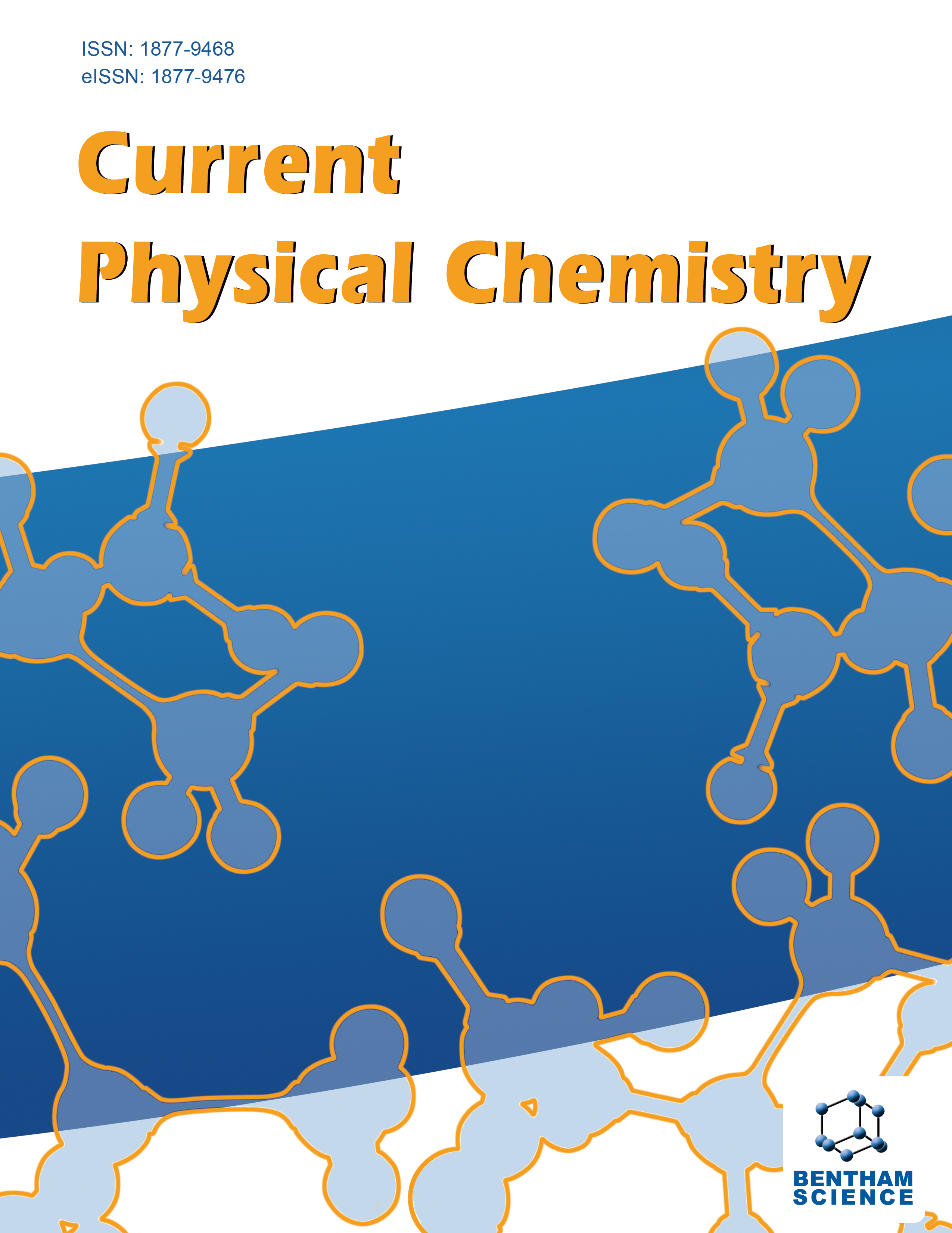-
s Blue, Green and Red Upconverted Emission of Controlled Hydrothermal Pressure Synthesized Y2O3: Er3+ (1%) Tm3+ (1%) and Different Yb3+ Ratio Conditions Nanophosphors
- Source: Current Physical Chemistry, Volume 9, Issue 3, Dec 2019, p. 226 - 231
-
- 01 Dec 2019
Abstract
Introduction: Rare earth-doped Upconverting Nanoparticles (UCN's) can convert near-infrared photons into visible photons via multiphoton processes, which makes it a good material for generating white light. The production of luminescent materials for technology applications focuses on controlling powder characteristics such as chemical homogeneity and low impurity levels. Objective: In this research study, we synthesized Er3+ (1%) Tm3+ (1%) Yb3+ (at different percentages) by co-doping Y2O3 NPs, using the Controlled-Pressure Hydrothermal Method (CPHM), with nitrogen. The ratio used was chosen to conduct a detailed photolumniscence analysis. Methods: Samples of Y2O3: Er3+ (1%) Tm3+ (1%) Yb3+ (at 1.5%, 2%, and 2.5%) were prepared using the controlled-pressure hydrothermal method (CPHM). Each solution was transferred into a mini-clave drive Büchiglasuster with an inner Teflon vessel. In this case, the mini-clave was heated at 190°C for 3 h, and nitrogen was used to control the pressure. The initial pressure was 20 bars; it was increased during the process to 42 bars. The powders obtained were washed with distilled water using centrifugation at 4000 rpm for 15 min. The washed product was dried to 120°C, followed by subsequent heat treatment at 1000°C for 5 h. Results: The representative XRD patterns for the Y2O3: Er3+ (1%) Tm3+ (1%) and Yb3+ (at 1.5%, 2%, 2.5%) doped samples confirms the presence of a cubic Y2O3 crystal structure. Scanning Electron Microscope (SEM) images show that the morphology of these particles is spherical. Upconversion photoluminescence spectra of Y2O3:Er3+ (1% mol) Tm3+ (1% mol) Yb3+ (1.5% mol), Yb3+ (2.0% mol), and Yb3+ (2.5% mol), after 908-nm excitation. Blue, green, and red bands are centred at 440 nm, 469 nm, 618 nm, and 678 nm, respectively. Conclusion: The controlled-pressure hydrothermal method is a productive method for synthesizing rare earth-doped and codoped Y2O3; when Er3+, Yb3+, and Tm3+ ions are introduced into the host matrix, they do not cause any changes in the cubic structure nor influence the crystal structure. This method can used to synthesize any type of nanoparticle, because it involves low pressure (10-20 bars), low temperatures, and short time reactions.


